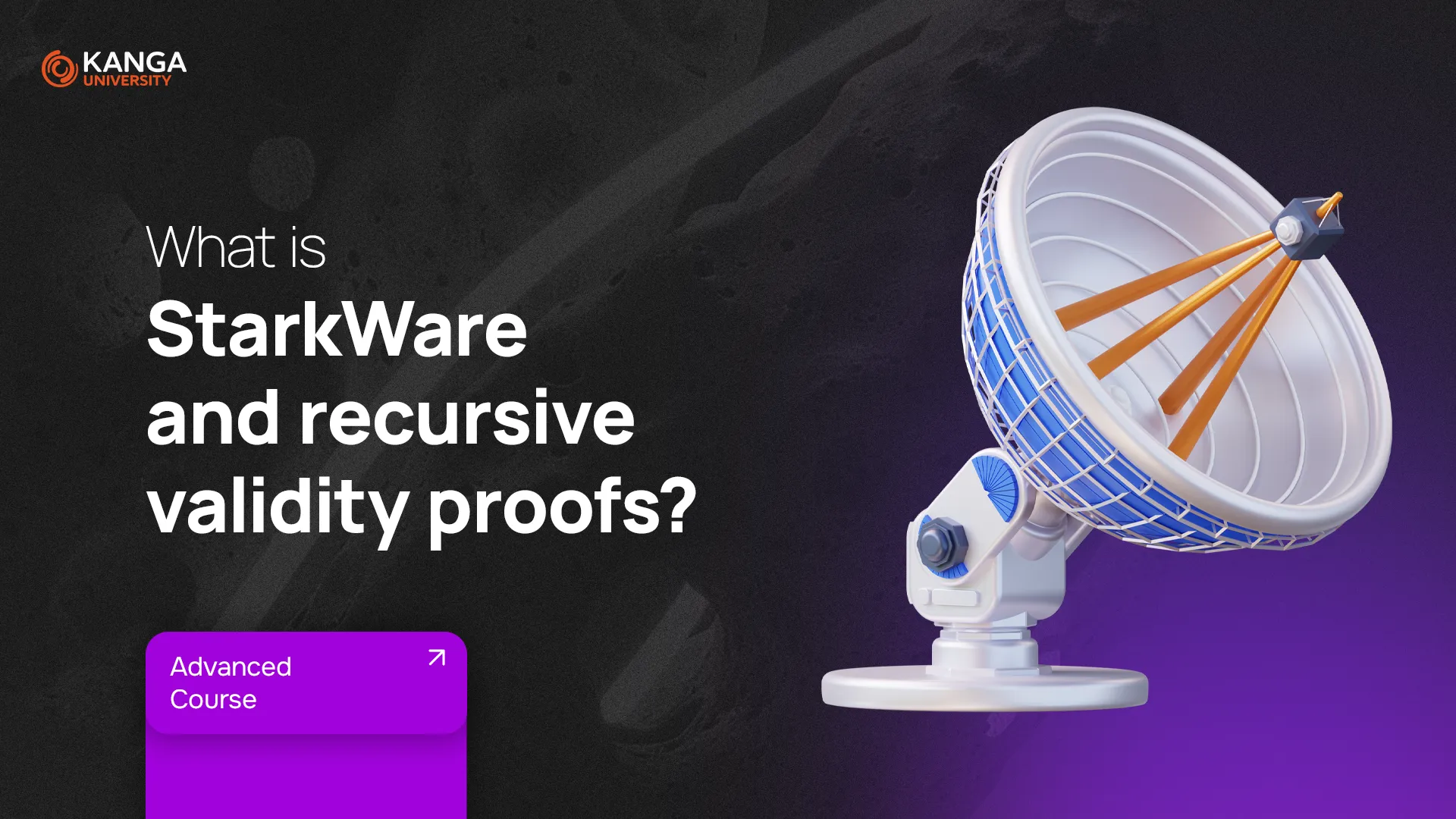
As the crypto industry continues to expand, most new projects face the same three obstacles: slow transactions, high fees, and limited scalability. These aren’t just technical nuisances — they’re major roadblocks to building useful, mainstream blockchain apps.
The solution? Layer 2 technologies, which help reduce the load on Ethereum without compromising security. And one of the most exciting names in this space is StarkWare, an Israeli company building next-gen scaling tools that could completely change how we use Ethereum.
What Is StarkWare?
StarkWare is a blockchain tech company based in Israel that builds Layer 2 solutions for Ethereum. Its core innovation is a cryptographic system called ZK-STARK — short for Zero-Knowledge Scalable Transparent Arguments of Knowledge.
What does that mean in plain English? It means StarkWare can prove that thousands of transactions are valid — without having to process them all on Ethereum and without revealing any private data. That’s a big win for both scalability and privacy.
Using ZK-STARKs, StarkWare rolls up transactions into a single proof that is verified on Ethereum. The result: lower costs, faster speeds, and no need to expose sensitive information like wallet balances or transaction details.
StarkWare’s Two Main Products: StarkNet and StarkEx
-
StarkNet is a decentralized ZK-rollup — a Layer 2 blockchain that runs on top of Ethereum. Developers can build apps on StarkNet that are:
-
faster to use,
-
cheaper to run,
-
and just as secure as Ethereum itself.
-
-
StarkEx is a more customized, permissioned Layer 2 solution tailored for specific apps like:
-
dYdX (a decentralized exchange),
-
Immutable X (an NFT platform),
-
DeversiFi (a DeFi trading platform).
-
While StarkNet is fully open and permissionless, StarkEx is more controlled but allows for highly optimized performance.
The Breakthrough: Recursive STARK Proofs
Originally, each STARK proof could validate a batch of transactions. But now, thanks to recursive proofs, a single proof can validate other proofs — and that’s a huge leap in efficiency.
Why it matters:
-
You can bundle many proofs into one,
-
You cut on-chain verification costs,
-
You process more transactions faster,
-
You remove hardware limitations (like memory size),
-
You reduce delays for verifying large computations.
In other words: more scale, less cost, higher speed — all while staying secure.
Cairo and SHARP: The Tech Behind the Magic
Cairo is StarkWare’s custom programming language. It lets developers write apps that automatically generate cryptographic proofs — without needing deep math knowledge.
SHARP (Shared Prover) is the system that bundles transactions from multiple apps into one proof. This shared model lowers costs for everyone and speeds up network performance.
Together, Cairo + SHARP make it easy to scale blockchain apps without breaking the bank or sacrificing decentralization.
The Future: Layer 3 (L3) and Beyond
Recursive proofs are also unlocking something brand new: Layer 3 (L3) networks.
These are blockchains built on top of StarkNet, designed for even more specialized use cases — like gaming, enterprise software, or ultra-private applications.
L3s offer:
-
more customization,
-
lower costs per app,
-
and ultra-fast performance — all while using Ethereum as the foundation.
Summary: Why You Should Care About StarkWare
-
It’s one of the most advanced Layer 2 technologies available today,
-
It enables cheaper, faster, and more private blockchain apps,
-
It’s pioneering recursive STARK proofs, which dramatically improve scalability,
-
It’s laying the groundwork for Layer 3 networks, the next frontier of crypto.
If Ethereum is the global computer, StarkWare is building the processor that makes it run faster.